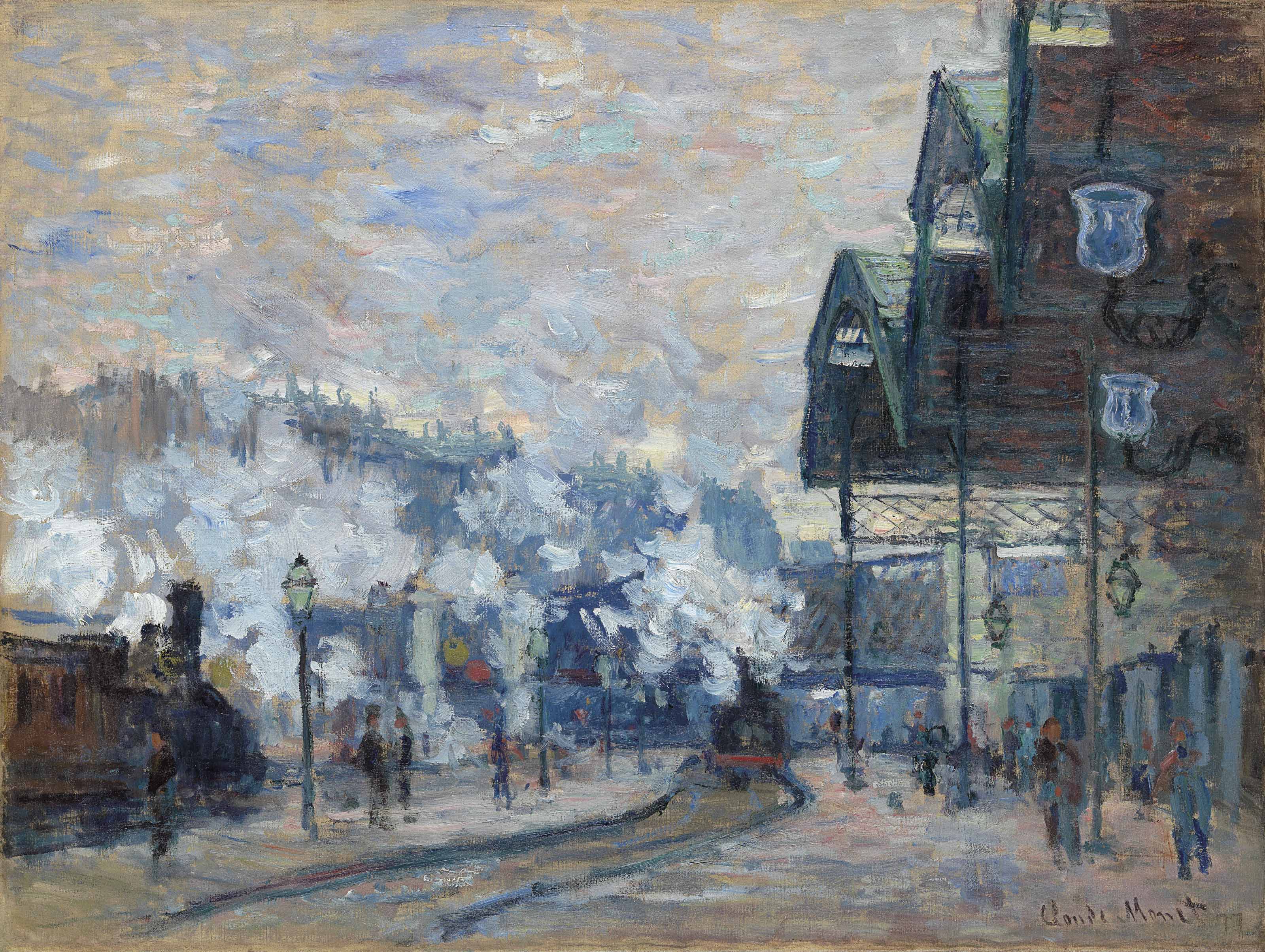
The Impressionist and Modern market is back on track. Any gloom created by Sotheby’s lackluster sale in London on Tuesday was lifted this evening by a very strong performance at Christie’s. The house’s Impressionist and Modern evening sale fetched £128.1 million ($168.3 million), toward the upper end of its £96.4 to £134.5 million pre-sale estimate. (Prices include buyer’s premium; estimates do not.)
Heading into the sales, the two houses had almost identical pre-sale estimates—but the final results were very different. Sotheby’s realized its lowest total since 2012, while Christie’s had its second highest June sale in the category since 2012.
Christie’s appeared to have gathered material for its sale without too much difficulty. In contrast to Sotheby’s, which owed much of its final total to financial guarantees, Christie’s auction carried only two guarantees, both of which were backed by third parties. The quality of the works on offer was also higher at Christie’s, and the bidding was more spirited. Thirty of the 37 lots that sold fetched hammer prices within or above their estimates.
Pablo Picasso’s Femme dans un fauteuil (Dora Maar) (1942). Image courtesy of Christie’s Images, Ltd.
Like Sotheby’s sale on Tuesday, Christie’s auction was headlined by two big-ticket items: Monet’s classic view of the Gare Saint-Lazare in Paris from 1877, with plumes of smoke billowing into the atmosphere—which carried a £22 million to £28 million estimate—and a slightly disturbing Picasso portrait of Dora Maar from 1942 with an unpublished £18 million to £25 million estimate.
Monet works from this series rarely come to market. Of the 12 train station paintings by Monet, nine are in museums. This work came from the estate of Texan collector Perry Bass (who donated many classic Impressionist paintings to the Kimbell Art Museum). It had not been on the market since the American collector bought it from Acquavella Galleries in 1985.
Despite its quality, the work only attracted limited bidding and sold near the low estimate for £25 million, including premium ($32.8 million). The unidentified buyer, who left immediately afterward, was sitting across the aisle from the dealer Bill Acquavella, who had sold the picture more than 30 years ago but did not appear to bid this time around (in spite of the auctioneer’s constant attention).
The other top lot, Picasso’s portrait of Dora Maar, was also relatively fresh to market, having been in the same collection for 28 years. It had been consigned by a European collector who bought it after it went unsold at auction in 1990 with a £3 million to £3.5 million estimate. The same fate might have befallen it again had it not been guaranteed. Xin Li, the deputy chairman of Christie’s Asia, bought it for a client—though she has been known to take bids for non-Asian buyers—for £19.4 million ($25.4 million).
Asian bidding was more apparent on a lifetime cast of Rodin’s Baiser, which sold to a client of Christie’s vice president, director of Impressionist & Modern art for Asia, Elaine Holt, for £12.6 million ($16.6 million), well above its high estimate of £7 million, against competition from Oslo-based dealer Ben Frija.
Auguste Rodin’s Baiser, moyen modèle dit “Taille de la Porte”–modèle avec base simplifiée (1885/1890). Image courtesy of Christie’s Images, Ltd.
All told, it was a busy sale for Christie’s Asian representatives, who also acquired works by Diego Giacometti, Egon Schiele, Monet, Renoir, and Camille Claudel on behalf of clients on the phone. Claudel, a lover of Rodin’s, benefitted particularly from strong Asian interest. Of the six bronzes by Claudel in the sale, five sold to a client of Holt’s. One, The Waltz, last sold in 2003 for $254,400; this time around, it fetched £1.1 million ($1.5 million).
Also riding a wave of Asian interest was Schiele, whose watercolor of a kneeling woman drew two Asian phone bidders into conflict until it ultimately sold to a Taiwanese representative of Christie’s for £1.56 million ($2 million), more than double its high estimate. The American seller had paid £65,000 ($85,500) for it in 1985.
One of the sale’s starkest contrasts with Sotheby’s was the quality of its German art. While a group of mediocre-quality works failed to attract any interest last night, Christie’s outstanding 1912 gouache of three horses by Franz Marc excited competition from numerous bidders, including London dealer Simon Theobald, before it sold to a phone bidder for a record £15.4 million ($20.3 million).
German Expressionism was also represented by a searing, vivid 1922 portrait by Conrad Felixmuller of his brother. The advisor Stephane Connery chased the work before it sold to an American phone bidder for £608,500 ($800,975), more than double its high estimate. A 1919 painting of a waterfall by Ernst Ludwig Kirchner, meanwhile, sold near the top of its estimate for £1 million ($1.3 million) to Berlin dealer Michael Haas.
Kazimir Malevich’s Landscape (1911). Image courtesy of Christie’s Images Ltd.
Russian bidding was barely visible. One Russian phone bidder snapped up an early, figurative watercolor by Kazimir Malevich for £7.9 million ($10.4 million); while it came in below estimate, it still represented a record for a work on paper by the artist. Meanwhile, James Butterwick, a specialist dealer in Russian avant-garde art, stepped into the fray and bought works by Cézanne and Matisse.
The weakest section of the sale was a collection of works—four early Picassos and a nude by Jean-Baptiste-Camille Corot—that belonged to Max Bollag, a Swiss dealer who died in 2005. The Swiss newspaper Zri Woche once described Bollag’s stock as “a mixture of a scrapyard and treasure chamber.” This evening, the market seemed to think it leaned toward the former, as two of the works went unsold while the others struggled to find bids.
Such chinks, however, did not dent the revived sense of well-being and relief that permeated the crowd as it exited the salesroom.